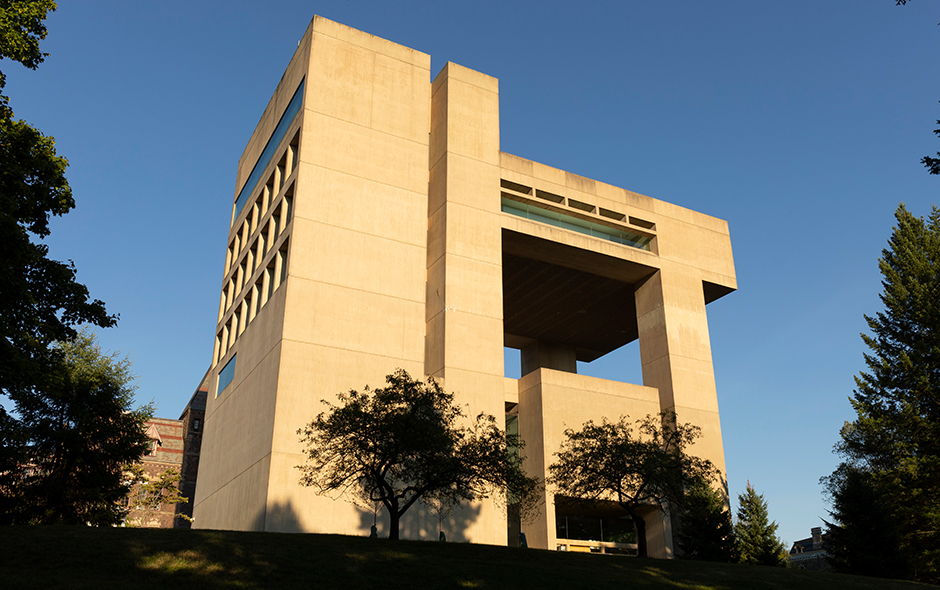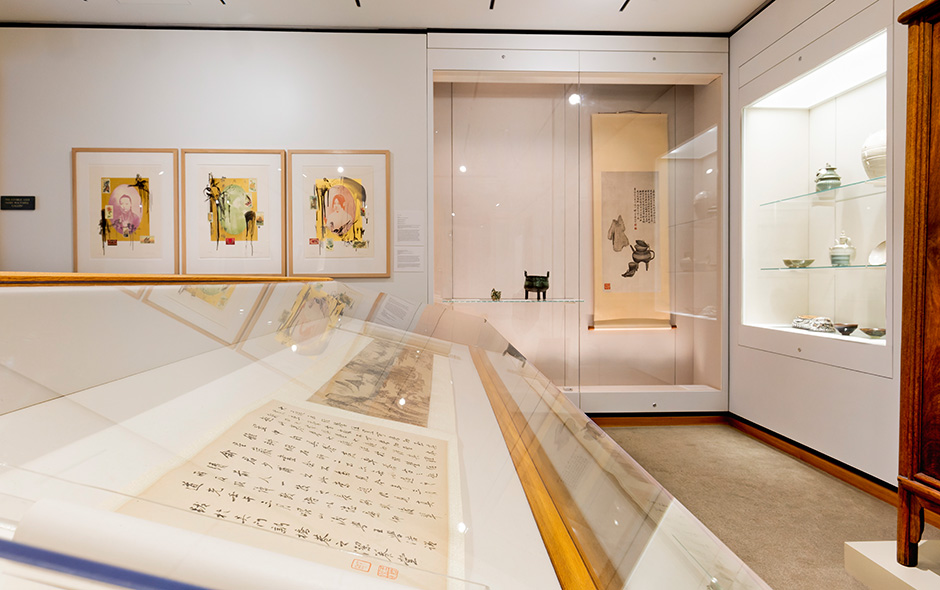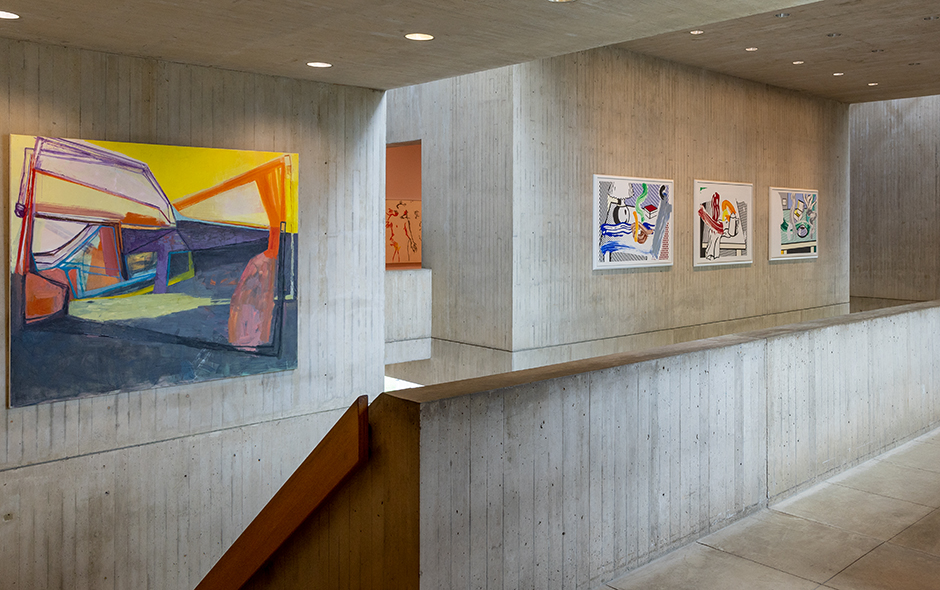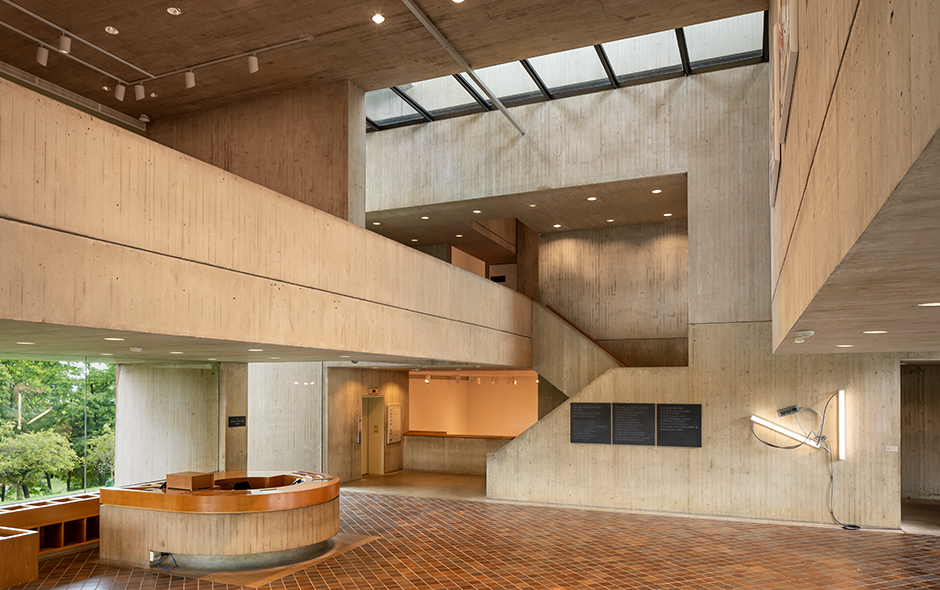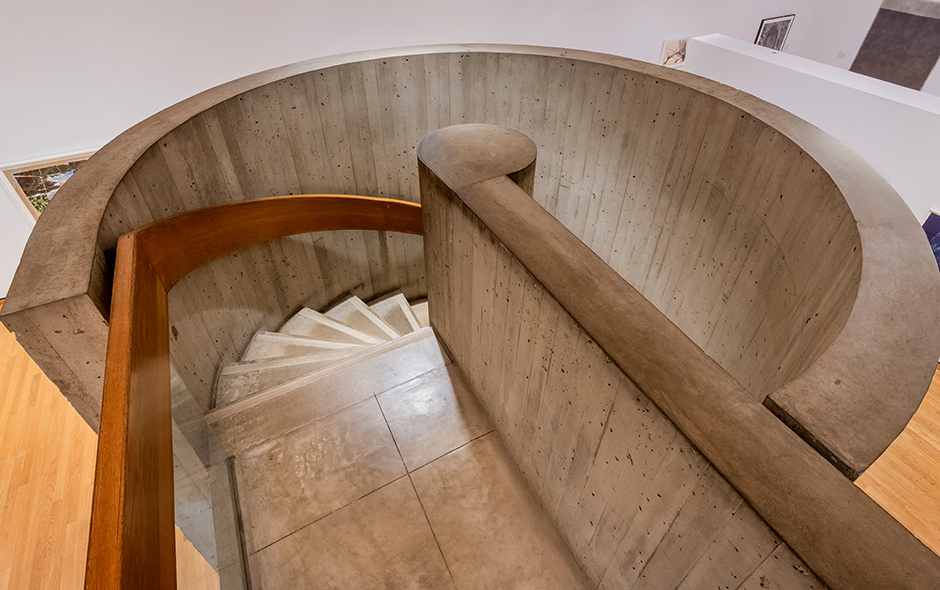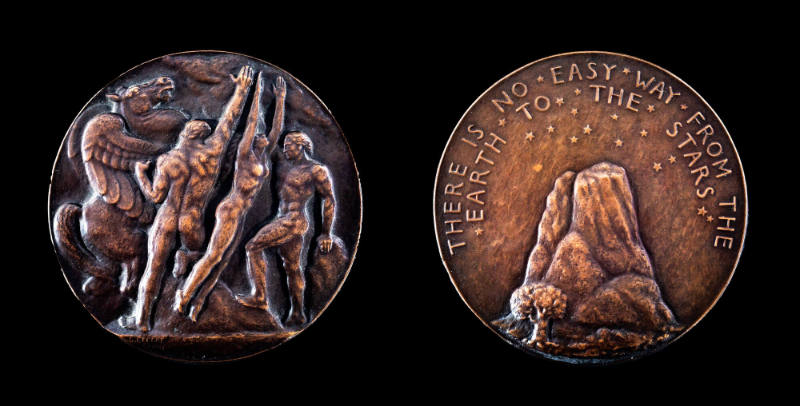Anthony de’Francisi
(1887-1964)
Fiat Vita (Let There Be Life), Society of Medallist 12th Issue

Object Details
Artist
Anthony de’Francisi
Date
1935
Medium
Silver
Dimensions
Diameter: 2 7/8 inches
Credit Line
Gift of Janet Marqusee, Class of 1952, and John E. Marqusee, Class of 1951, for the Frank and Rosa Rhodes Collection
Object
Number
94.007.040
BRIEF DESCRIPTIONThe Society of Medalists commissioned this medal for their 12th issue. Fiat Vita is(…)
BRIEF DESCRIPTIONThe Society of Medalists commissioned this medal for their 12th issue. Fiat Vita is Latin for “Let there be Life.” Some speculate that Anthony de Francisci was adapting the Biblical phrase from the book of Genesis, “Let there be Light.”WHERE WAS IT MADE?This medal was made by the Medallic Art Company, located in New York.WHO WAS THE ARTIST?Anthony de Francisci was born in Palermo, Italy in 1887 and died in New York City in 1964. As a young boy in Sicily, he helped his father cut marble. In 1903 he arrived in the United States and studied at the Cooper Union and at the National Academy of Design in New York City. He went on to teach modeling at the School of Architecture at Columbia University and the Beaux-Arts Institute in NYC.HOW WAS IT MADE?Medallic art is a type of small-scale sculpture. The tradition of making medals is rooted in the portrait medal tradition that became popular in the Renaissance. The process of striking medals began in the 17th century when it surpassed the older method of casting. Striking is a method where a metal die (with a design in relief) is essentially stamped, with great force, onto a blank piece of metal. This technique can rapidly produce multiple copies. The invention of the engraving machine for die sinking and casting in the 19th century allowed artists to concentrate on medal designs rather than the actual engraving and cutting of the die. The pantograph machine allowed artists to render medals in a larger size in wax, clay or plaster before reducing and engraving them later mechanically. Two dies are made for each medal, one for each side (unless the medal has only one side.)HOW WAS IT USED?This medal was issued by the Society of Medalists. The Society of Medalists was established in 1930 to encourage the medallic work of well-known sculptors, and to make their creations available to the public. The society produced limited editions of medals twice a year from 1930 to 1995. These medals were sent to their members, who paid an annual subscription fee to the Society. Medals often reflected themes or important events of the time.WHY DOES IT LOOK LIKE THIS?Looking at the front of the medal, notice the hand emerging from flames and holding a small child. A crescent moon, cloud and lightning bolt occupy the background of the image. More sky imagery is depicted on the back of the medal, including lightening, stars, and what seems to be a planet. Notice the unique molded edges of the medal, suggestive of the shape of a cloud.De Francisci’s medal is very typical of the Art Deco style. Art Deco (a term derived from the French Exposition Internationale des Arts Décoratifs et Industriels Modernes, an exhibition in Paris in 1925) is a style of design that originated in Paris in the 1920s and was popular in Western Europe and the United States in the 1930s. Art Deco is distinguished by simple, streamlined shapes and often by non-representational motifs. To see another medal by de Francisci in the Johnson Museum’s collection, search for object number 94.007.039 in the keyword search box.
Discover More
There Is No Easy Way From the Earth To the Stars, Society of Medallists 8th Issue
Gaetano Cecere, Medallic Art Co.



